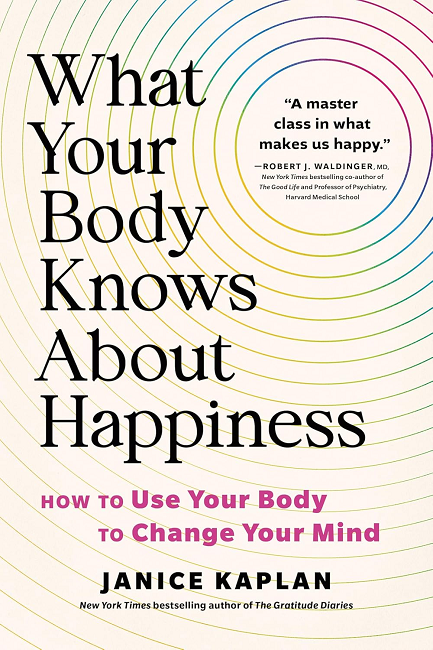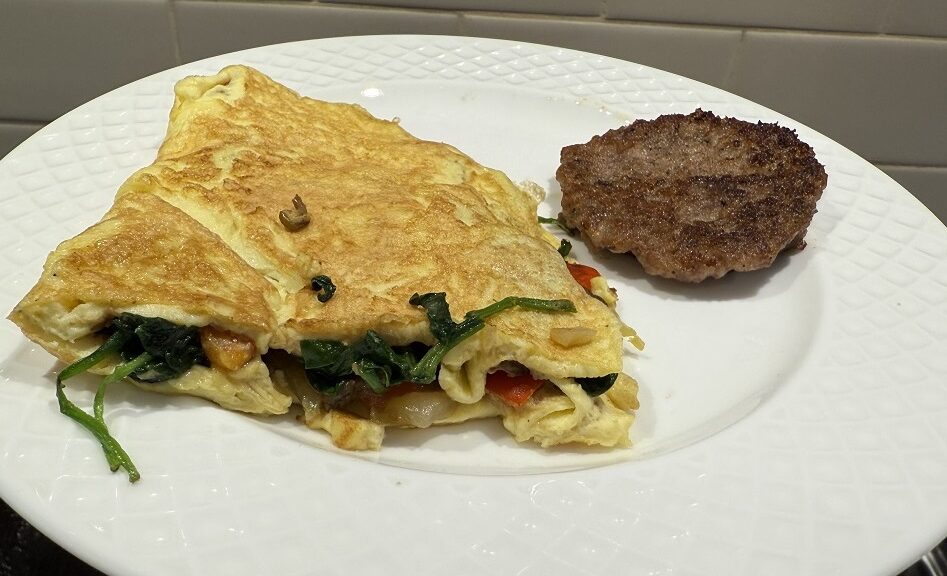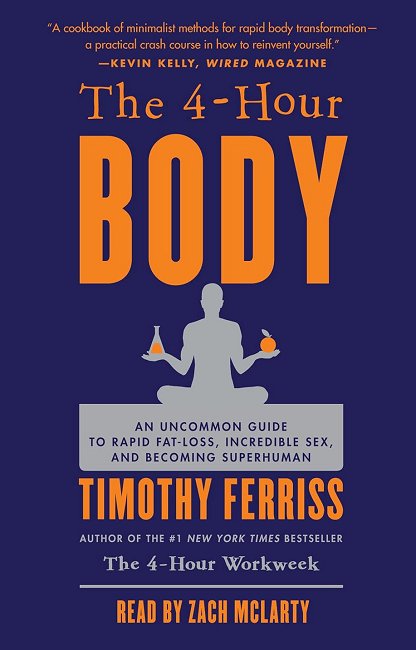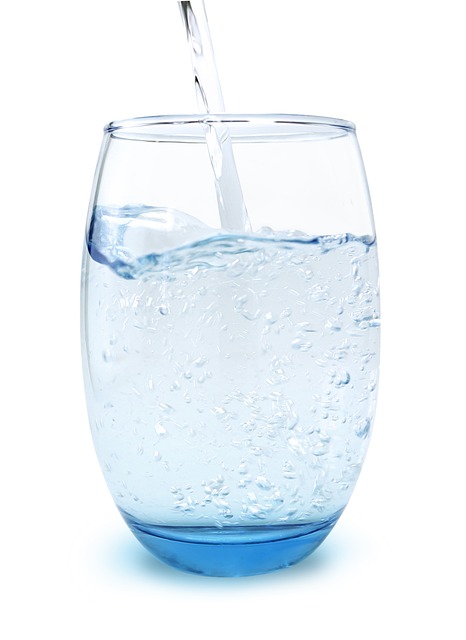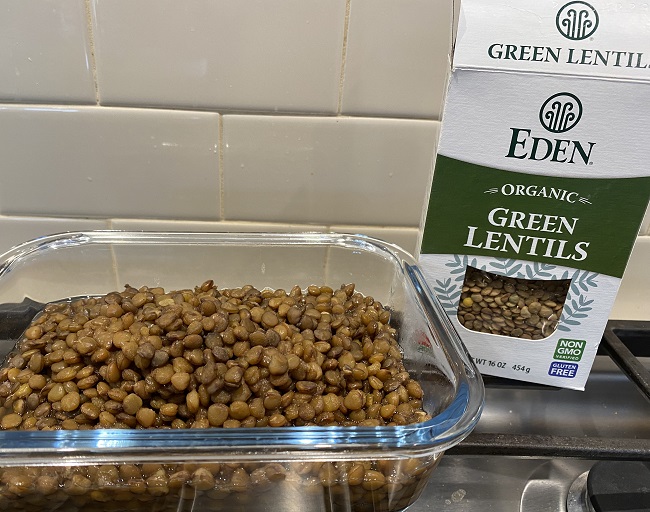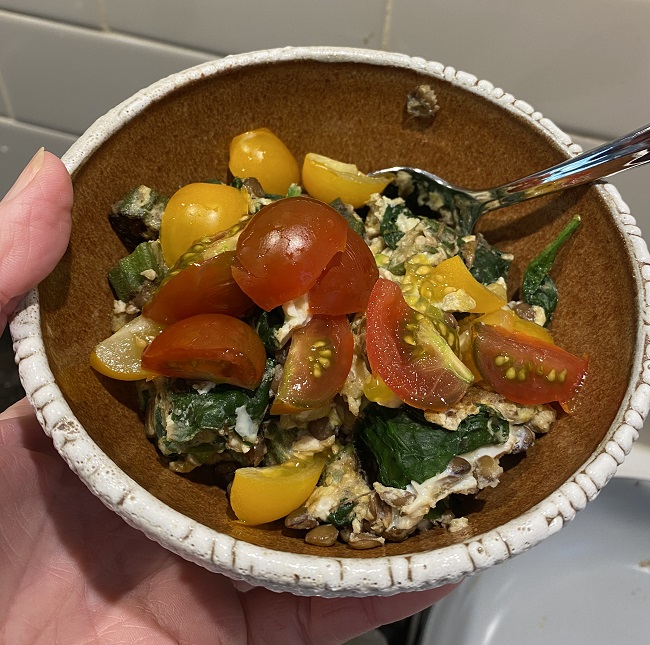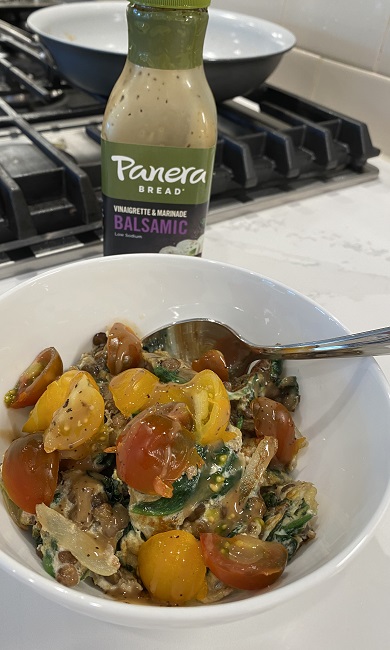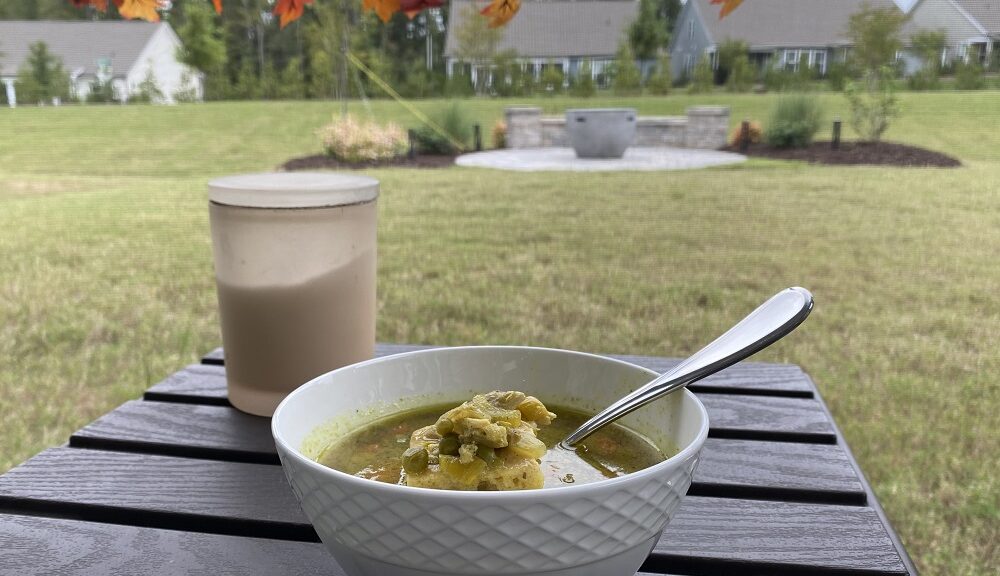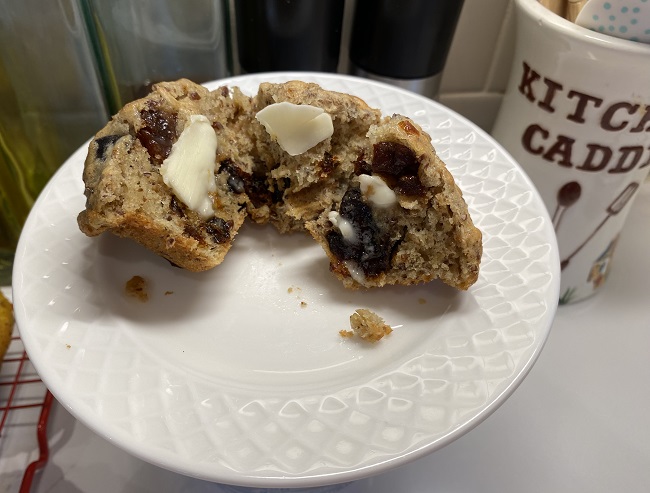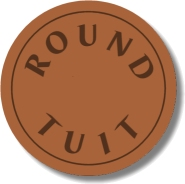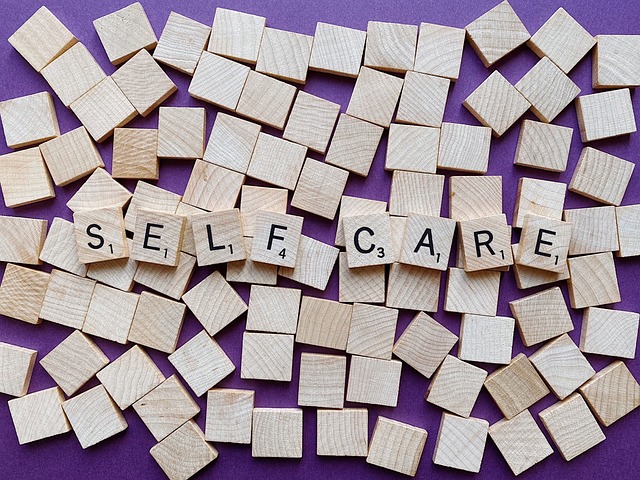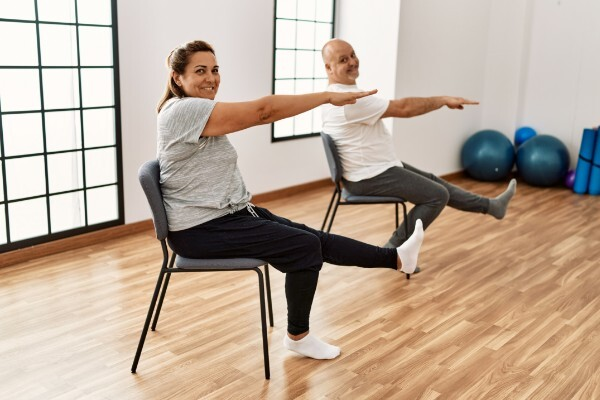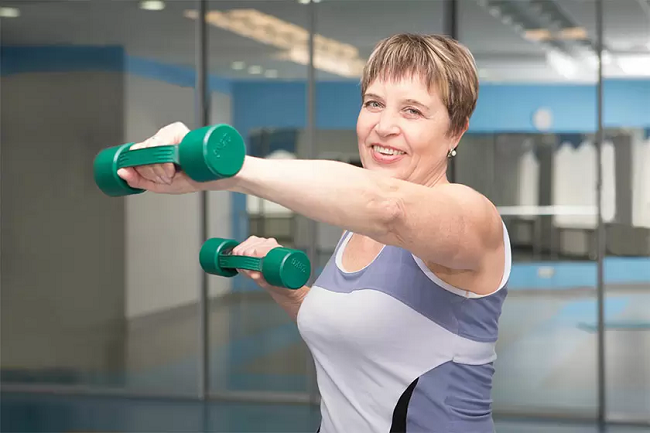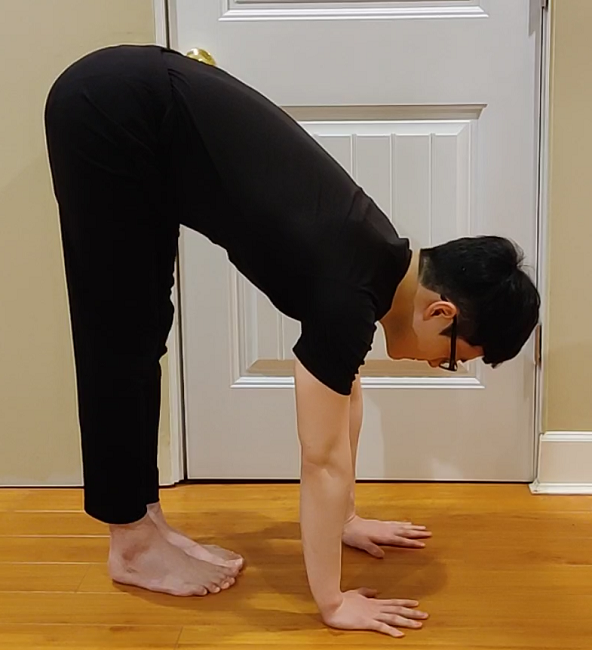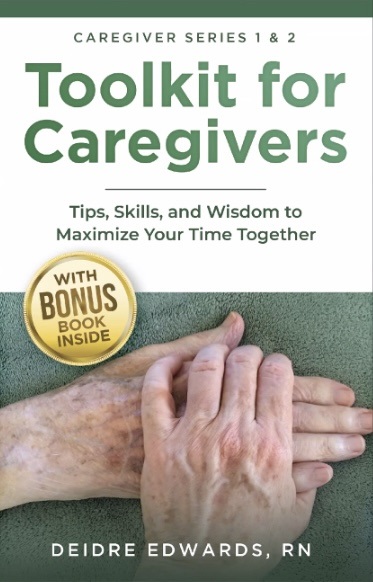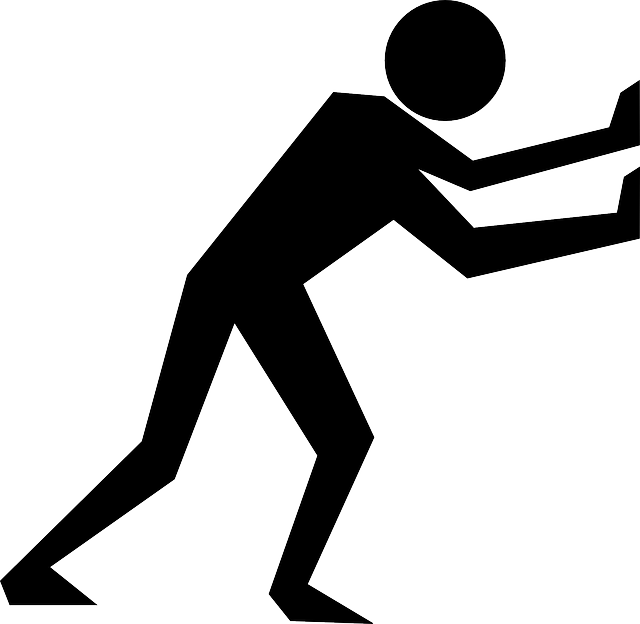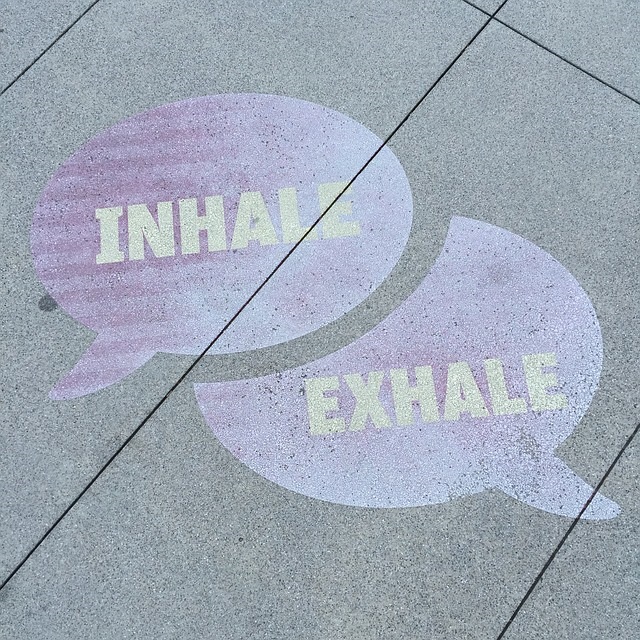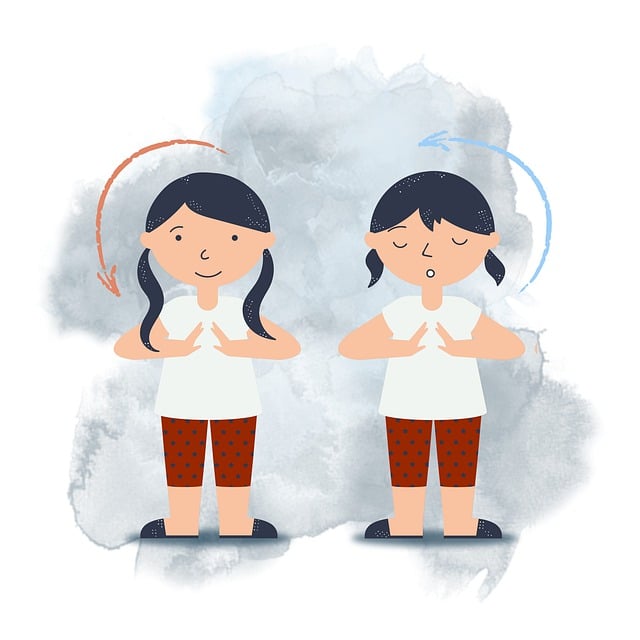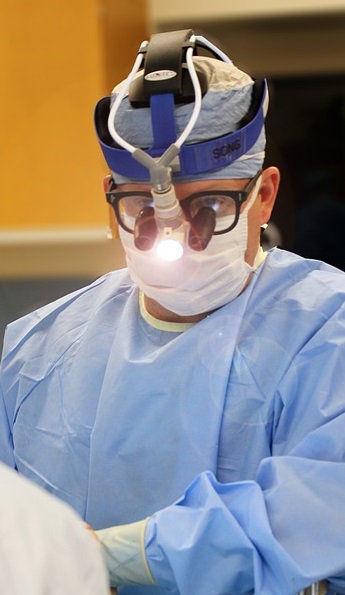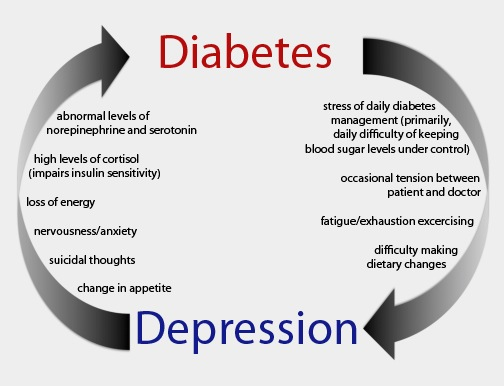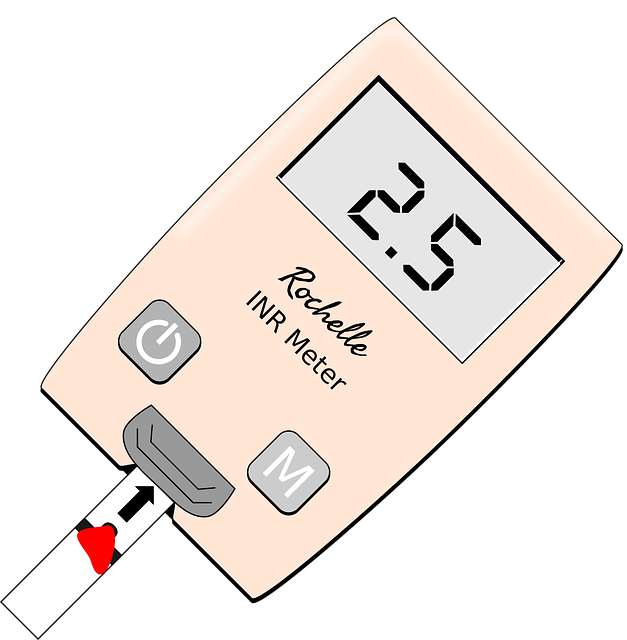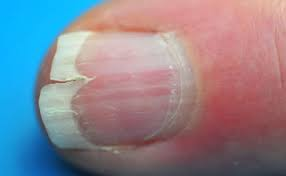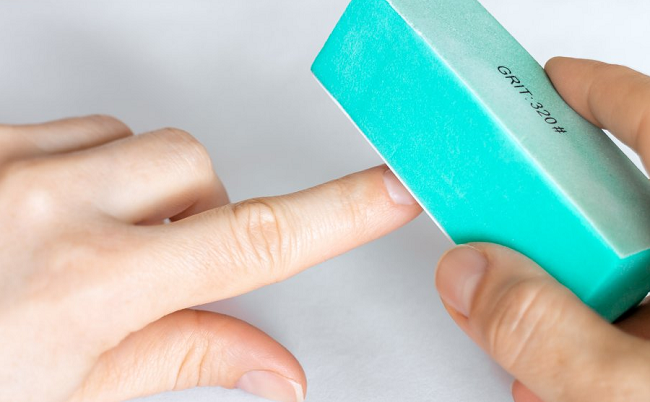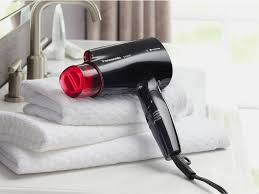Who’s in charge?
I have long been a firm believer in the controlling power of the supercomputer sitting inside of my cranium.
Our thought processes are key elements in living to our fullest potential; but is that the only source of guidance and power within our bodies?
For an average 150-pound person with a brain weighing about 3 pounds, is the 147-pound balance just there to carry around that computer?
While finishing the content editing for my next book, Toolkit for Caregiver Emotions, I am balancing my message about the methods we can use to manage our thoughts and emotions – with an equally important message of helping our bodies send uplifting and power-generating messages to our brains.
In last year’s post on September 10th, I shared about the daily habit of ‘pulling the string,’ followed by assuming a power pose for two minutes. These two simple actions set our bodies up to fill with personal power, strength, and optimism.
In reading the latest release by Janice Kaplan, What Your Body Knows About Happiness, I am being reminded of the wealth of information our bodies send our brains, and that our bodies are doing a lot more thinking than we once thought.
Case in point. Kaplan shares neuroscientist David Eagleman’s example of a baseball being thrown and hit. “When a pitcher throws a ball at 100 miles per hour, it takes about four-tenths of a second to get to the batter. Conscious awareness takes about half a second – which means that the ball crosses the plate before the batter quite literally – knows – it. If the body weren’t functioning without conscious input, nobody would ever hit a baseball.”
Eagleman says, “Your consciousness is like a tiny stowaway on a transatlantic steamship, taking credit for the journey without acknowledging the massive engineering underfoot.”
Kaplan builds her case for purposefully directing our bodies to avail ourselves of increased happiness and positive outcomes. She cites clinical studies which demonstrate how small cues from our bodies can direct our mental activities and perceptions.
One study by cognitive scientist, John Bargh, just blew me away. As study participants were individually entering the lab, they were greeted by the research assistant outside who was holding a drink and fumbling with her briefcase, trying to get to some papers. The participants were asked to hold her drink so she could free her hands. Once inside the lab, they were given some forms with a description of someone, and they were asked how much they liked them.
What the volunteers did not know was that some of them were given a cup of hot coffee to hold briefly for the lab assistant, while others were given a cup of iced coffee to hold.
Here’s the amazing thing: those who held the warm cup gave positive ratings for the person being described on the form, saying they were warmer and kinder. Those who had held a cold drink found the person colder and less likeable.
This experiment has been repeated in different forms around the world, all confirming that the warm sensations from the cup of hot coffee primed volunteers to be more generous and more trusting.
I highly recommend her book, and you will be hearing more about what I am discovering in future posts.
In the meantime, if you a feeling cold and edgy toward others, wrap your hands around a warm drink to change your mental outlook.
In health –
Deidre
You can share this post with others using the options under the MORE button below. Thanks.




